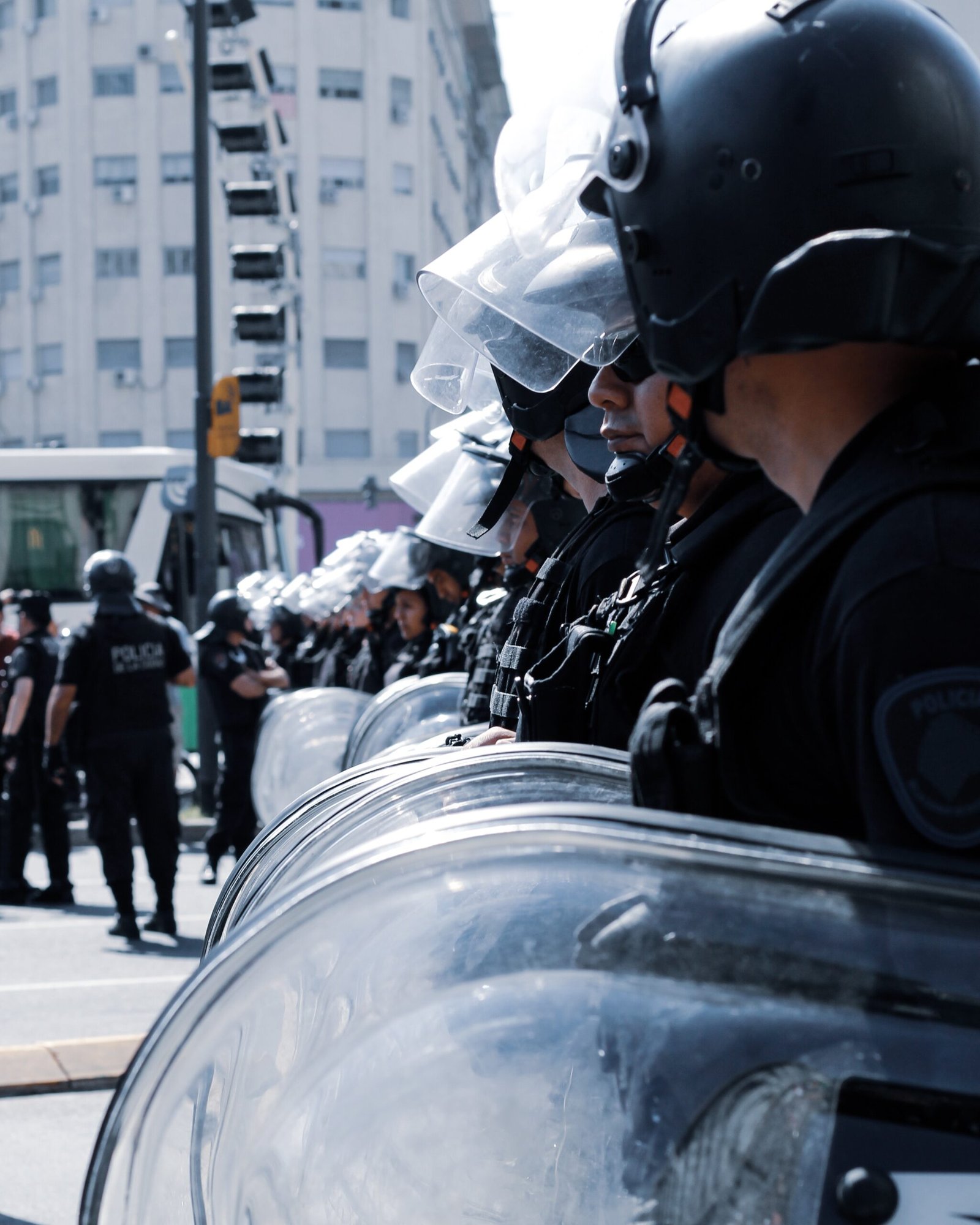Introduction
Security in high-risk areas is a paramount concern that transcends borders and impacts the lives of countless individuals. These regions encompass a spectrum of challenging environments, from conflict zones and crime-ridden neighborhoods to disaster-prone areas. In this detailed article, we will explore, expand upon, and provide an exhaustive guide to enhancing security in high-risk areas, aiming to safeguard lives and protect valuable assets.
Understanding the Risks
Before delving into the multifaceted strategies for enhancing security, it is crucial to have a comprehensive understanding of the inherent risks associated with high-risk areas. These risks are diverse and can manifest in various forms:
- Conflict and Political Instability: Regions afflicted by conflict or political instability are often characterized by heightened violence, terrorism, and civil unrest. A thorough risk assessment should delve into the historical context and potential for future conflicts, taking into account various factions and their motivations.
- Criminal Activity: High-risk areas tend to be hotbeds for a wide range of criminal activities, including but not limited to theft, vandalism, drug trafficking, extortion, and human trafficking. Understanding the nuances of criminal behavior within the area is essential for devising effective countermeasures.
- Natural Disasters: Areas prone to natural disasters, such as earthquakes, hurricanes, wildfires, floods, or tsunamis, require specialized security measures. These measures must consider the immediate dangers of the disaster itself as well as the complex security challenges that arise in its aftermath.
- Health Threats: Health crises, including epidemics or pandemics, introduce unique security challenges. These challenges may encompass enforcing quarantine measures, securing the medical supply chain, and protecting healthcare workers and facilities against potential threats.
Key Principles of Security in High-Risk Areas
To establish a robust security framework in high-risk areas, it is essential to adhere to key principles that underpin effective security strategies:
- Holistic Risk Assessment: A comprehensive risk assessment should go beyond merely identifying potential threats and vulnerabilities. It must account for the unique context of the area, including its history, demographics, and socio-economic factors. This assessment should be a dynamic process, capable of adapting to changing circumstances and emerging risks.
- Local Expertise and Collaboration: High-risk areas demand collaboration with local authorities, security experts, and community leaders. Local knowledge is invaluable for understanding the specific dynamics of the area and building trust within the community. Local collaborators can provide essential insights that inform security plans and foster community cooperation.
- Adaptability and Continual Review: Security plans in high-risk areas must be adaptive and subject to regular review. The dynamic nature of these environments necessitates ongoing adjustments to strategies and tactics to effectively counter emerging threats. Regularly scheduled reviews help ensure that security measures remain relevant and effective.
- Visible Deterrence: Deploying visible security measures is a fundamental aspect of any security strategy. This includes the presence of personnel, surveillance cameras, and well-marked security zones. A visible deterrent not only dissuades potential threats but also provides a sense of security to the community, fostering a safer environment.
Security Measures for High-Risk Areas
- Access Control: Access control measures are pivotal in high-risk areas. These include the establishment of rigorous barriers, checkpoints, and identity verification protocols. By restricting unauthorized entry, access control measures significantly bolster security.
- Surveillance Technology: Advanced surveillance systems, such as closed-circuit television (CCTV) cameras and drones, are indispensable for monitoring activities in high-risk areas in real-time. These systems provide critical data for early threat detection and response planning.
- Emergency Response Plans: A well-crafted emergency response plan is a cornerstone of security in high-risk areas. These plans must be detailed, practical, and tailored to various scenarios, including natural disasters, security breaches, and medical crises. Regular drills and simulations ensure that response teams are adequately prepared for rapid and effective action.
- Community Engagement: Building trust and collaboration within local communities is a strategic imperative. Engaging with communities helps establish a two-way flow of information, with community members serving as both sources of intelligence and allies in maintaining security. Communities that feel valued and heard are more likely to actively contribute to the safety of the area.
- Technology Integration: High-risk areas can benefit greatly from technology integration. Implement cutting-edge solutions such as biometric authentication, artificial intelligence-driven analytics, secure communication systems, and remote monitoring capabilities. These technologies streamline security operations, enhance situational awareness, and improve response times.
- Training and Capacity Building: Invest in comprehensive training programs for security personnel operating in high-risk areas. These programs should focus on equipping personnel with the skills and knowledge needed to handle high-pressure situations effectively. Regular exercises and drills are vital for maintaining readiness and continually improving response capabilities.
- Intelligence Gathering: Establishing a robust intelligence network is essential for staying ahead of potential threats. Gather information on local dynamics, potential threats, and emerging developments through various means, including informants, local contacts, open-source intelligence, and liaison with relevant agencies.
Conclusion
Security in high-risk areas necessitates a multifaceted, adaptive approach. By thoroughly assessing risks, adhering to key principles, and implementing a comprehensive array of security measures, it is possible to mitigate threats and safeguard lives and valuable assets. It is important to bear in mind that security is an ongoing process, requiring continuous evaluation and improvement to stay ahead of evolving risks. While high-risk areas present formidable challenges, with the right strategies, they can become safer, more secure, and resilient communities that protect both people and assets.
Gallantry: A Partner in High-Risk Area Security
In high-risk areas, the role of a dedicated security partner cannot be overstated. Gallantry, as a physical security company, stands ready to assist in implementing the strategies and measures outlined in this article. With our expertise, commitment to excellence, and dedication to the safety and security of our clients, we can help create safer environments in even the most challenging locations. Whether it’s conflict zones, disaster-prone areas, or high-crime neighborhoods, Gallantry is here to provide the security solutions you need to protect lives and assets. Together, we can make high-risk areas safer for all.







